Reviews
Charles B. Pierce
USA, 1976
Credits
Review by Glenn Heath Jr.
Posted on 16 October 2010
Source Good Times Video VHS
Categories 31 Days of Horror VII
There’s a collective fear that reverberates within any social environment under attack from a serial killer, manifesting panic that transcends the murders themselves. David Fincher’s Zodiac might be the most rigorous examination of such a situation, documenting how state institutions on the brink of mental collapse become defined by the obsessive compulsions of individual members. Seeped in even more ambiguity is Bong Joon-ho’s Memories of Murder, which establishes the personal defeat of its detective protagonists as a mirror for the debilitating uncertainty of the surrounding community. Both films consistently match somber and realistic tones with their dire subject matter, allowing the viewer to burrow beneath the filmmaker’s auteurist traits and engage the subject matter from a revisionist vantage point.
More schizophrenic but no less engaging is Charles B. Pierce’s 1976 film, The Town That Dreaded Sundown, a Dragnet-style police procedural posing as a horror film in which the heinous acts of a hooded serial killer known as “The Phantom” permanently destroy the safety in Texarkana, TX. The film begins with an omniscient voice-over describing the small town as one “re-gearing for peace,” with soldiers returning home, children at play, and economic prosperity on the rise despite the influx of union strikes and fears about communism. This seemingly benign setting suddenly bursts into violence when a young couple (sitting in their car, naturally, at a remote lovers lane) gets brutally attacked by the hooded figure, initiating an unsettling series of tonal shifts that will recur throughout the film. Because Pierce often jumps from one genre to the next, the occasional employment of horror tropes amplify the narrative’s unpredictability.
During the first attack on a dark country road, Pierce cuts between blunt force close-ups of the victims writhing in fear and elongated shots of the killer stalking his prey, emphasizing the heightened sounds and pitches of the moment. When the killer suddenly pops the hood of the car, rips out the wiring, and proudly observes his victims as they fruitlessly try and start the engine, the sudden shift in power shocks not only the characters but the viewer. The killer - the aforementioned “Phantom” - then drags the man into the darkness and returns to assault the female passenger, now paralyzed in fear. This cramped, intimate panic is contrasted in a wide-angle exterior shot, in which the victim’s screams describe the nature and extent of the imminent violence. This is the first of many bravura horror set pieces within an otherwise tonally clumsy film.
For most of its running time, The Town That Dreaded Sundown follows the relentless investigation of the series of murders by local law enforcement and Ben Johnson’s Texas Ranger Capt. J.D. Morales, a renowned investigator called in on only the toughest cases. There’s an emphasis on evidence collection, pattern analysis, and the psychological make-up of the killer, and Morales’ stature as a serial killer hunter has an iconic power. Yet Pierce never achieves a proficiency in the scenes of investigation, even throwing in bits of slapstick comedy to italicize the glaring incompetence and insensitivity of some officers. As a unit, the police simply move from one murder scene to another, always two steps behind the vicious killer, and Morales often seems like the one adult managing a band of man-children. Even immediately before the film’s convoluted climax, Morales and his one serious ally, Deputy Sheriff Norman Ramsey, confess to each other that the likelihood of catching “The Phantom” as nil, and that has as much to do with the killer’s smarts as it does with the police’s inadequacies.
What makes The Town That Dreaded Sundown a worthy horror film, even a great one at times, is Pierce’s pinpoint handling of the murder scenes. Stylistically, these moments turn what is otherwise a bland television procedural into a highly suspenseful exercise, mixing pacing, camera movement, and sound design to accent the heinousness of the murderer and the sudden terror felt by the victims. These sequences build up slowly, usually from the killer’s point of view, then expand seamlessly to include the fractured guise of the victim. Because many of the death scenes occur in the woods or at remote locations, Pierce crafts a specific dynamic between off-screen space and increasingly menacing diegetic sounds. The killer’s heavy breathing, the crunching of leaves, the cracking of windows all feed into an almost supernatural evil, calibrating a potentially terrifying conclusion.
The killer gains confidence with each series of murders, graduating from lover’s lane assaults to risky home invasions. The narrator introduces each night in question in monotone, never preparing the viewer for the brutality to come. In one tough sequence, “The Phantom” ties a young musician to a tree, then attaches a knife to the girl’s trombone and stabs her repeatedly. Not only does this act show the killer’s escalating psychosis, but the increasing destruction of the victim’s identity. During what is arguably the film’s most breathtaking moment, the hooded killer shoots a man through his house window while the victim sits in an easy chair. Slumping over and bleeding from the mouth, the man tries to warn his unsuspecting wife. As the woman combs her hair, she soon realizes the danger herself as “The Phantom” enters through the doorway, his disgusting heavy breathing freezing the woman in her tracks. The motif of an invading evil into normally “safe” zones of humanity comes to a head with a brilliant chase sequence that begins in the farmhouse and then through a dense cornfield, ending in a pool of blood outside another residence.
Ultimately, the identity of the killer becomes a moot point, and like the faceless murderers of Zodiac and Memories of Murder, “The Phantom” drifts into the history books more a boogeyman than even a one-dimensional character. But by the end of the film, we get the sense that the infrastructures and value systems of small town America have been altered forever—at one point, the journalistic observer notes the sudden increase in gun purchases and dead-bolt locks. But as any good serial killer yarn will show, preparing for the worst doesn’t always protect you from those who operate outside the boundaries of law or humanity.
More 31 Days of Horror VII
-
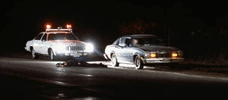
The Thin Blue Line
1988 -

The Ninth Configuration
1980 -
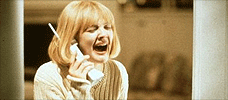
Scream
1996 -
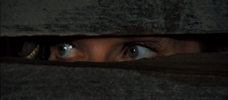
Dying Room Only
1973 -

Brain Dead
1990 -

Zombi 2
1979 -
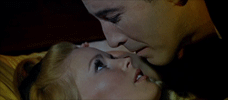
Dracula Has Risen from the Grave
1968 -

The Storyteller
1988-1989 -
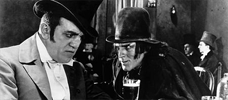
Dr. Jekyll and Mr. Hyde
1920 -
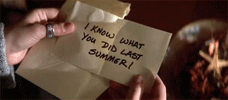
I Know What You Did Last Summer
1997 -
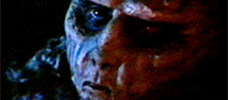
Don’t Be Afraid of the Dark
1973 -

Dark Age
1987 -
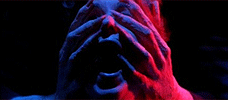
Inferno
1980 -
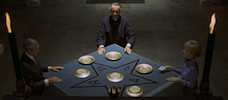
To the Devil a Daughter
UK / West Germany -
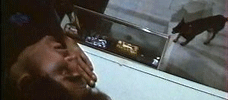
Trapped
1973 -
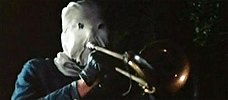
The Town that Dreaded Sundown
1976 -
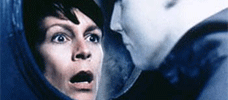
Halloween H20: Twenty Years Later
1998 -

Killdozer
1973 -
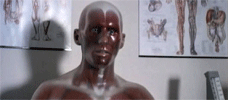
Pin
1989 -
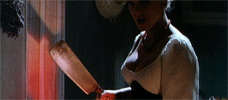
Frankenstein Created Woman
1967 -
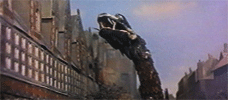
Reptilicus
1961 -
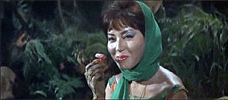
Matango
1963 -

I Still Know What You Did Last Summer
1998 -
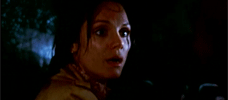
Night Terror
1977 -
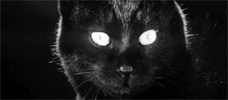
Kuroneko
1968 -

Demons
1985 -
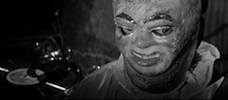
Paranoiac
1963 -
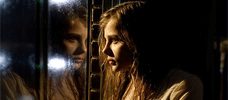
Let Me In
2010 -
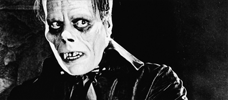
The Phantom of the Opera
1925
We don’t do comments anymore, but you may contact us here or find us on Twitter or Facebook.



